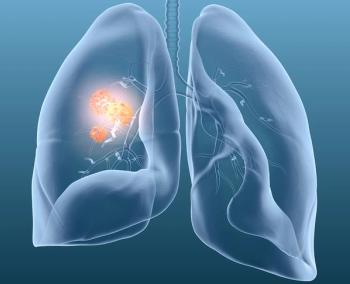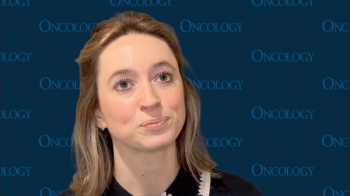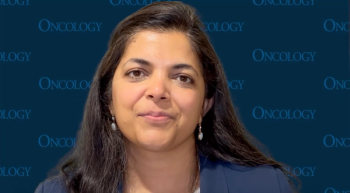
- ONCOLOGY Vol 14 No 3
- Volume 14
- Issue 3
Responders to Rituximab Show Continued Tumor Regression Over Time and a Progression-Free Survival That Correlates With Response Classification
Rituximab (Rituxan) has mechanisms of antilymphoma action that differ significantly from those of chemotherapeutic agents: both direct (induction of apoptosis and chemosensitization) and indirect (complement-dependent cytotoxicity and antibody
Rituximab (Rituxan) has mechanisms of antilymphoma action that differ significantly from those of chemotherapeutic agents: both direct (induction of apoptosis and chemosensitization) and indirect (complement-dependent cytotoxicity and antibody-dependent cytotoxicity ). Some of these actions result in an immediate effect on the lymphoma cells, as evidenced by the profound and selective B-cell depletion occurring immediately after the first infusion and tumor regression seen within the first 7 days of treatment. Others may result in a more prolonged and sustained effect, depending, at least partially, on the quality and availability of effector cells (and complement) and the levels of circulating antibody achieved and sustained over time (reflecting saturation of antigenic sites). Pharmacokinetic studies in rituximab monotherapy trials have revealed the presence of circulating antibody as long as 6 months from the first infusion. Correspondingly, peripheral blood B-cell depletion lasts up to 6 months, with recovery between 9 and 12 months.
Patients with relapsed or refractory, low-grade or follicular non-Hodgkins lymphoma (NHL) received rituximab at 375 mg/m² by intravenous (IV) infusion every week for four doses. There were 76 responses in 150 evaluable patients, and progression-free survival (PFS) was 13.2 months (median). Responders showed a rapid decline in the mean of the sum of the products of the perpendicular diameters of all measurable lesions (SPD), with a slower decline continuing for 10 or more months. Kaplan-Meier PFS curves for patients with complete response (CR) vs partial response (PR) show a significant difference favoring CR.
Similarly, in a trial of rituximab combined with CHOP (cyclophosphamide, doxorubicin HCl, Oncovin, and prednisone), with 38 responses in 38 evaluable patients and median PFS not reached after 47.2+ months, responders showed a rapid decline in the mean SPD with a slower decline continuing for 10 or more months. In addition, Kaplan-Meier PFS curves for patients with CR vs PR show a significant difference favoring CR.
CONCLUSIONS: The tumor regression seen with rituximab appears to continue for months after the completion of therapy. Although the median time to response is 50 days, some patients with stable disease will later achieve a PR. Also, some patients initially with a PR will later achieve a CR. Thus, patients with stable disease should be observed with no further therapy if they are showing continued regressionHeadline
Articles in this issue
almost 26 years ago
FHIT Gene, Smoking, and Cervical Canceralmost 26 years ago
IOM Medical Error Estimates Questioned, But Legislation Consideredalmost 26 years ago
Less Toxic Therapies for Hodgkin’s Disease May Reduce Secondary CancersNewsletter
Stay up to date on recent advances in the multidisciplinary approach to cancer.

















































































